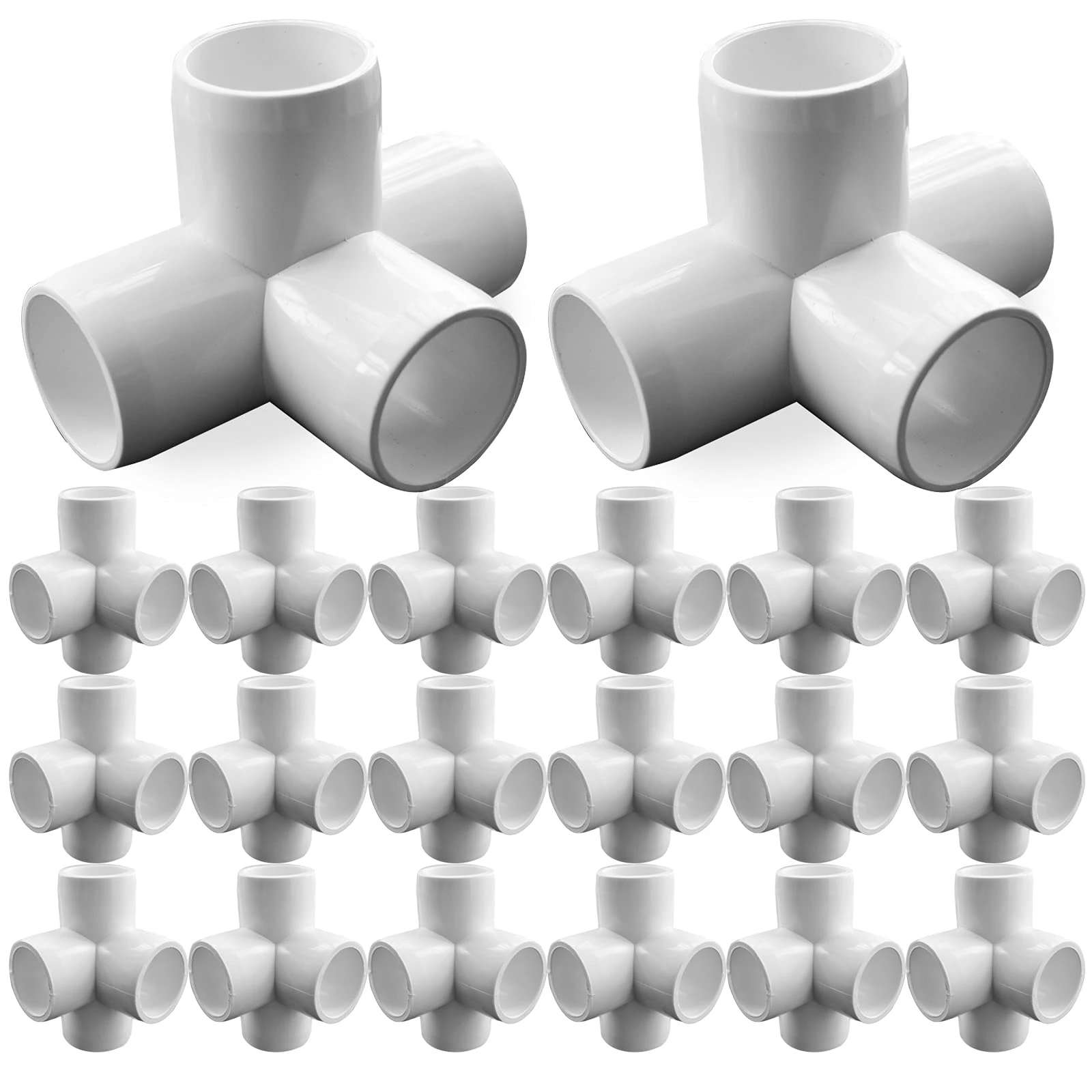
Understanding the various types and applications can help you make informed choices for your projects. Let’s explore!
What is PVC?
Definition and Composition
Its composition consists of polyvinyl chloride resin, which provides strength and resistance to chemicals.
Properties of PVC Material
PVC has several advantageous properties:
- Lightweight: Easy to transport and handle.
- Chemical Resistance: Suitable for various applications, including chemicals.
- Waterproof: Impervious to moisture, making it ideal for plumbing.
Types of PVC Pipes
PVC Pressure Pipes
Designed to handle high-pressure applications, these pipes are perfect for water supply systems.
Types of PVC Fittings
Elbows
These fittings change the direction of the pipe, which is essential for navigating around obstacles.
Tees
Tees allow for branching off from the main line, creating multiple pathways for flow.
Applications of PVC Pipes and Fittings
Irrigation Systems
These pipes are ideal for agricultural irrigation, providing efficient water delivery.
Advantages of Using PVC Pipes and Fittings
Lightweight and Easy to Install
Their lightweight nature makes handling and installation straightforward, saving time and labor costs.
Installation of PVC Pipes and Fittings
Required Tools
To install PVC pipes and fittings, you’ll need:
- Pipe cutter
- PVC cement
- Measuring tape
- Wrench
Installation Steps
- Clean the Ends: Clean the edges of the pipes and fittings to ensure a strong bond.
- Join: Quickly connect the two pieces and hold them in place for a few seconds to secure the bond.
Maintenance of PVC Systems
Routine Inspections
Regularly inspect your PVC system for any signs of damage, leaks, or blockages.
Common Issues and Solutions
If leaks occur, check the joints for proper sealing. Reapply PVC cement if necessary.
Conclusion
PVC pipes and fittings are versatile and reliable solutions for a wide range of plumbing needs. Understanding their types and applications can help you choose the right components for your projects.If leaks occur, inspect the joints for proper sealing. Reapply PVC cement if necessary. For blockages, consider using a plumbing snake to clear any obstructions.